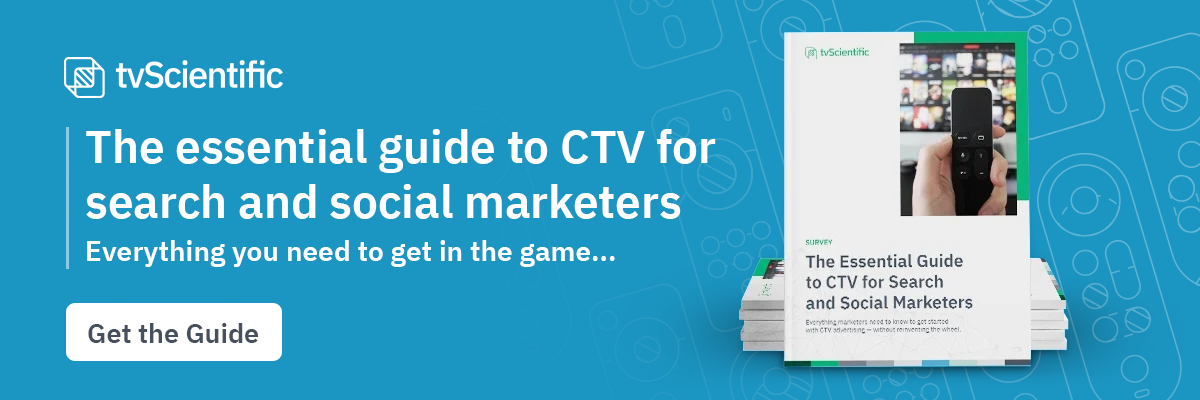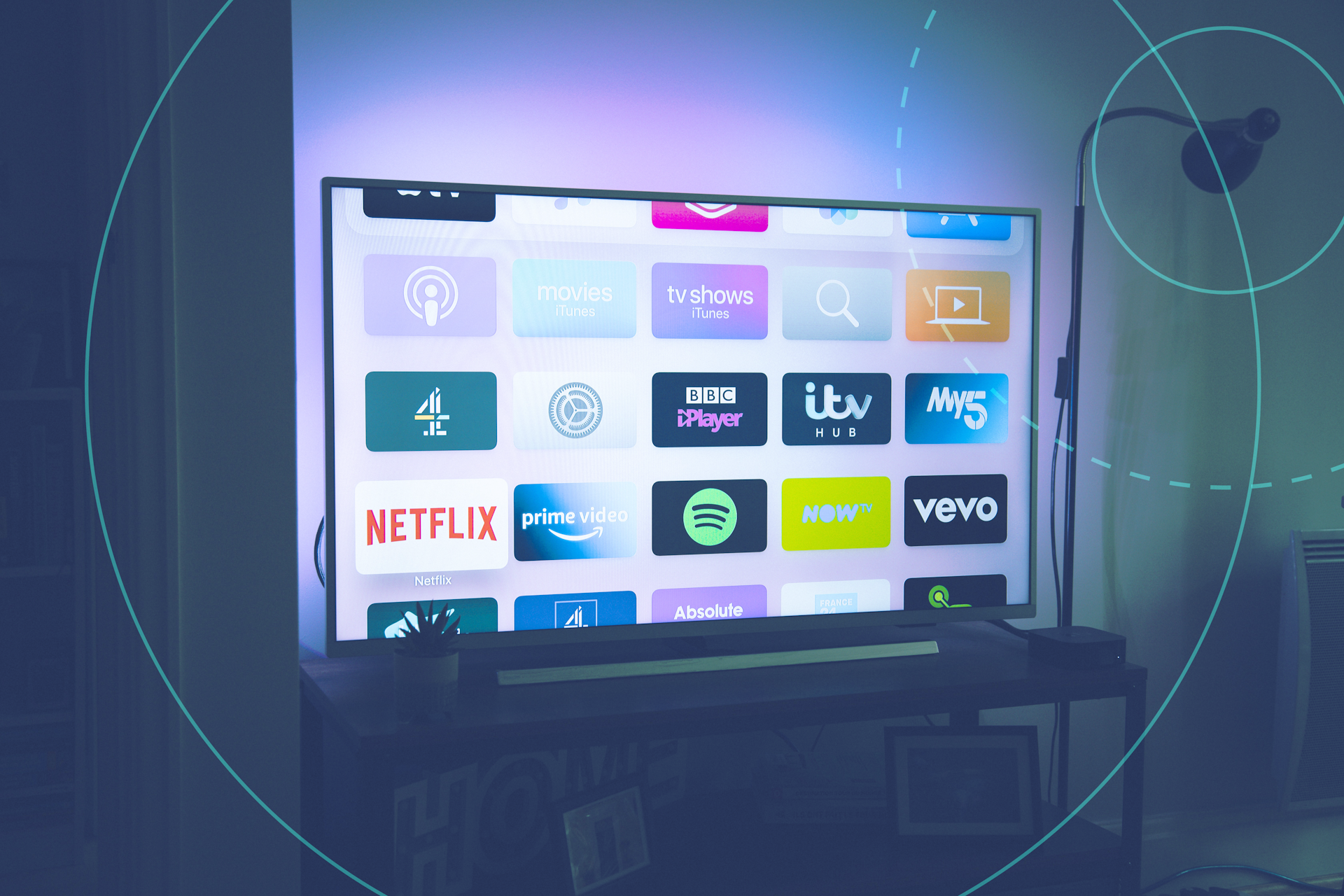Looking to hire a demand generation manager, or become one yourself? Read this guide to learn about their potential salary, responsibilities, and more.
Find out how to build demand for your brand at the top of your marketing funnel
Before audiences can start down the path toward buying your product or using your service, they have to find out that it exists — ideally in a way that makes them curious and excited to learn more. This happens at the top of the “inbound marketing funnel” that surfaces potential leads for your brand and later nurtures their interest to the point that they’re ready to convert. Top of funnel is the domain of the demand generation manager.
Here’s what you need to know about demand generation managers, what they do, and the current state-of-the-art of the demand generation industry.
Discover strategies, metrics, examples and more with The Complete Guide to Demand Generation.
What Is a Demand Generation Manager?
A demand generation manager is the marketer in charge of increasing demand for a company’s product within its target audience. This can be accomplished with a variety of different campaigns, some that resemble more traditional marketing tactics, others that use new digital-first ideas, and others still that present a blend of the two.
Here are just a few examples of the types of campaigns that might fall within a demand generation manager job description:
- A series of search-optimized blog posts that present helpful resources based on the target audience’s search intent.
- Working with influencers to raise awareness of your brand’s product within their highly engaged fanbase.
- Building a connected TV (CTV) marketing campaign that targets your ideal audience to maximize their brand recall.
CTV campaigns in particular hold potent possibilities for demand generation, thanks to their built-in capacity for measurement without privacy concerns and increased reach without increased cost. If you’d like to learn more about how to integrate CTV into your search and social marketing campaigns, download our free guide today.
Other general qualifications you may find in a demand generation manager job description include established ability in or willingness to learn data science and analytics (for breaking down campaign reports to share with the company and improve upon for next time), experience with common services such as HubSpot and Salesforce, and excellent communication skills.
That last point is crucial for coordinating with lead generation managers. Their related but distinct duties entrust them with nurturing the leads that demand generation managers bring to the business through their captivating content, eventually converting them to paying customers.
According to Glassdoor’s estimates, the median demand generation manager salary is around $90,000, with another $45,000 typically offered through bonuses, commissions, profit sharing, and other means of additional pay. Depending on experience, location, and company, total compensation figures for demand generation manager salary range from $86,000 to $218,000.
Best Practices for Demand Generation Managers
Now that we’ve established the basics of a demand generation manager job description, here are some more specifics on how the job is done across a number of different types of companies and potential campaigns.
Build Your Demand Generation Funnel
The central task of a demand generation manager is to create effective top-of-funnel demand generation campaigns, measure their effectiveness, and use those learnings to make even better campaigns next time. Note that “effective” doesn’t necessarily translate to “broad.” This is because any campaign is only as successful as its capacity to send relevant contacts further down the funnel. That’s why it’s essential to coordinate your campaigns with lead generation managers, who handle the next stage of the funnel downward from demand generation.
Use Industry-Standard KPIs
The best way to measure success as a demand generation manager is through tracking key performance indicators (KPIs). While which KPIs matter most will vary depending on the particular goals of your overall company and current campaign, here are some of the most common ones:
- Funnel conversion rates: You will lose contacts at each stage of your funnel, that is simply a fact (and why it’s called a funnel instead of, say, a graduated cylinder). But it’s important to know the proportion of contacts that pass through each stage and onto the next instead of “churning” out — if you put your brand in front of a ton of people but nearly all of them drop out before they can convert, it’s time to reassess your efforts.
- Marketing qualified leads: Also referred to as sales quality leads, these people are deemed the most likely to become users or customers through whatever evaluation criteria your marketing department may apply. In other words, these people will hopefully still be in your funnel when it reaches the bottom.
- Customer lifetime value: It would be easy to measure the success of a demand generation campaign solely based on how many users it drives down the funnel — but the job isn’t done there. If you can measure the average lifetime value of the customers each campaign tends to attract, you know which types of campaigns will draw in the most valuable customers.
- Cost per lead and user acquisition cost: Though it doesn’t reflect the holistic value of the campaign itself (since no two potential customers are created equal), it’s nonetheless fundamental to understand how much it costs to lead contacts further down your funnel. This is your cost per lead. The equivalent stat for leads after they convert is user acquisition cost.
Find the Best Channels for Your Campaigns
While the fundamental goal of a demand generation manager and the metrics they target may be fairly consistent across campaigns, one of the most enjoyable challenges of the position is the sheer variety of campaigns you could pursue to those ends. We previously mentioned a small sample, including blog, influencer, and CTV campaigns, and the only way to find the best fit for your brand is to be creative and experiment.
There is unlikely to be a single “magic bullet” for a demand generation campaign. Instead, use modern methodologies such as media mix modeling to scientifically assess what works best and why. You should also stay open to new trends in marketing channels, which may reveal excellent new fits that you otherwise may have missed.
One of the most promising channels for raising awareness among as broad or narrow an audience as you desire is CTV, with a recent surge set to grow CTV ad revenue by 13.2% globally this year. But not every means of advertising on connected television offers the same degree of transparency and optimization.
At tvScientific, we’re proud to have created the most sophisticated performance TV platform for growth marketers. Our patented outcome-based CTV advertising technology can help you increase reach, lift, and ROAS, and is already trusted by top consumer brands across industries. Set up a demo today to learn more about how working with tvScientific can help you reach your demand generation goals.







